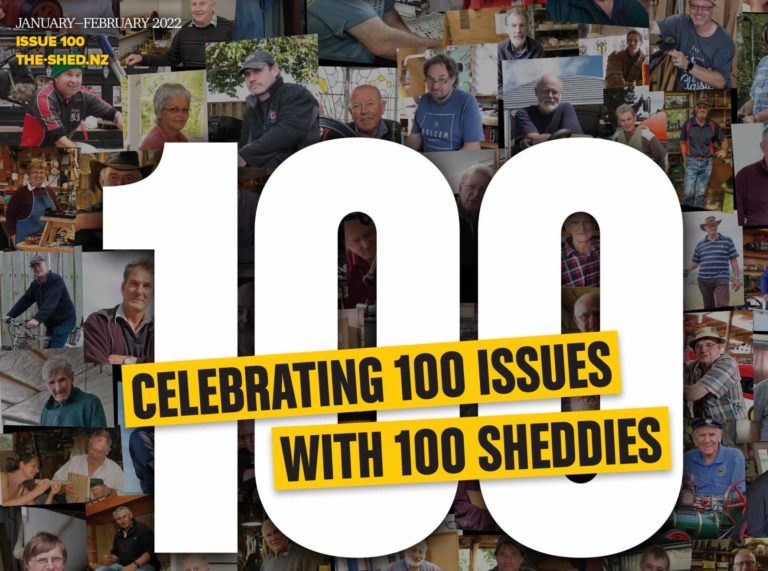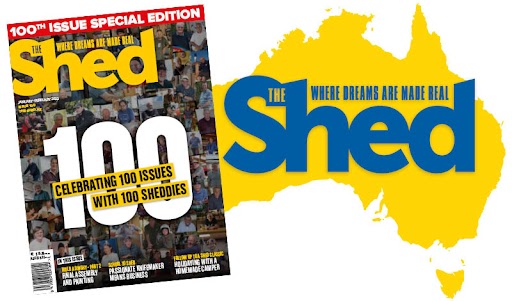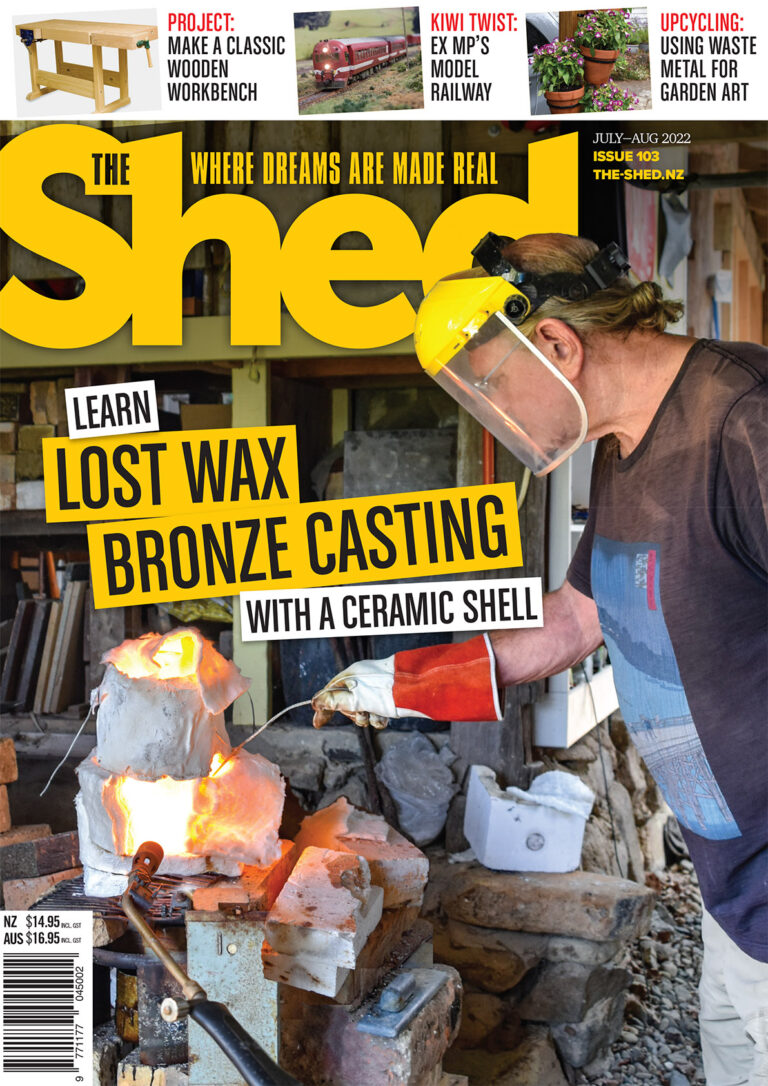Forging ahead
There are great sheds, amazing sheds, and incredible sheds, but there are also sheds that you could call the ‘king of sheds’.
One such shed is the workshop of West Auckland’s Rudi Buchanan Strewe. In his shed, Rudi turns his hand to blacksmithing, engineering, tool restoration, building hot rods, sculpturing, and so much more. We had such a great time when we visited Rudi and watched him at work.
“The corrugated-iron shed is a deliberate nod to the past. Stepping inside is like entering an early 1900s blacksmith’s forge: clay floors and open beams, antique technology, vintage hand tools, and the faint smell of burnt coal. It is brand new but feels as if it has always been here. Thirty-eight-year-old Rudi embodies a pioneering spirit of discovery and Number-eight wire ingenuity. Whether it is restoring or repurposing old machinery, maintaining his hot rod and his neighbour’s motorbikes, or creating his one-off art pieces, Rudi is always tinkering.”
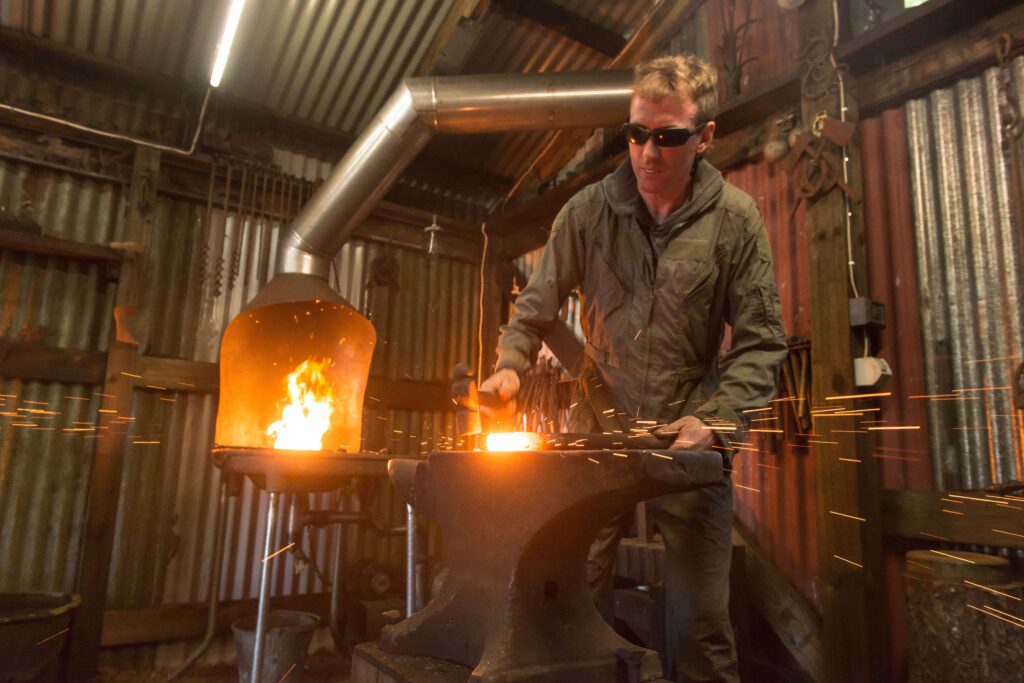
Make a summer Cape Cod chair
The Shed magazine has been published since 2005 and there are some great projects in our archives that deserve to be shared with a new generation of readers — some articles are just too good to be published only once in their life. So we are commencing a new series each issue called From The Shed Archives where we will share articles of old that our current readers may not have had the pleasure of enjoying in print.
We kick off the series with a project on how to make a classic Cape Cod chair. With plans and an easy-to-follow step-by-step process, this could be the next project for you.
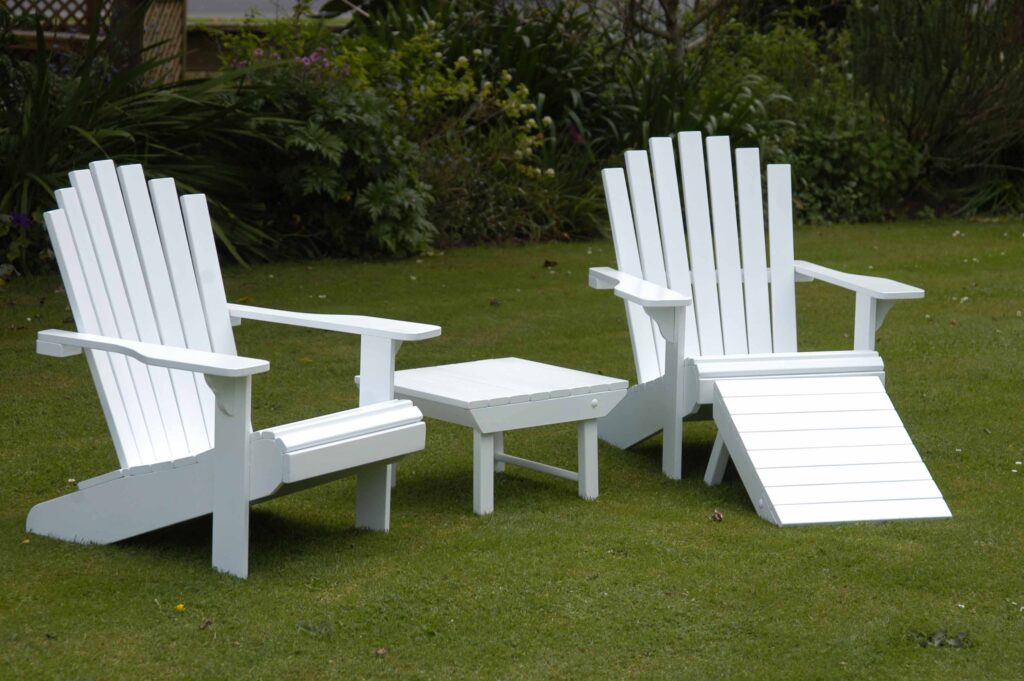
Messed Up Motors
Our very own Jude Woodside decided that he needed a decent apron for protection when he was welding in his workshop. On the hunt, he came across Julian Stone in his lifestyle-block home in the Waikato and found not just the apron he was looking for but so much more.
Julian is a man of many talents and a few online offerings to boot.
“NZ Classics is a platform linked to a number of Facebook groups for selling classic cars, hot rods, vintage cars, and old tools. Messed Up Motors is his signature site, where he can sell merchandise and post updates on his projects, etc.”
Check out Julian’s great workshop and projects.
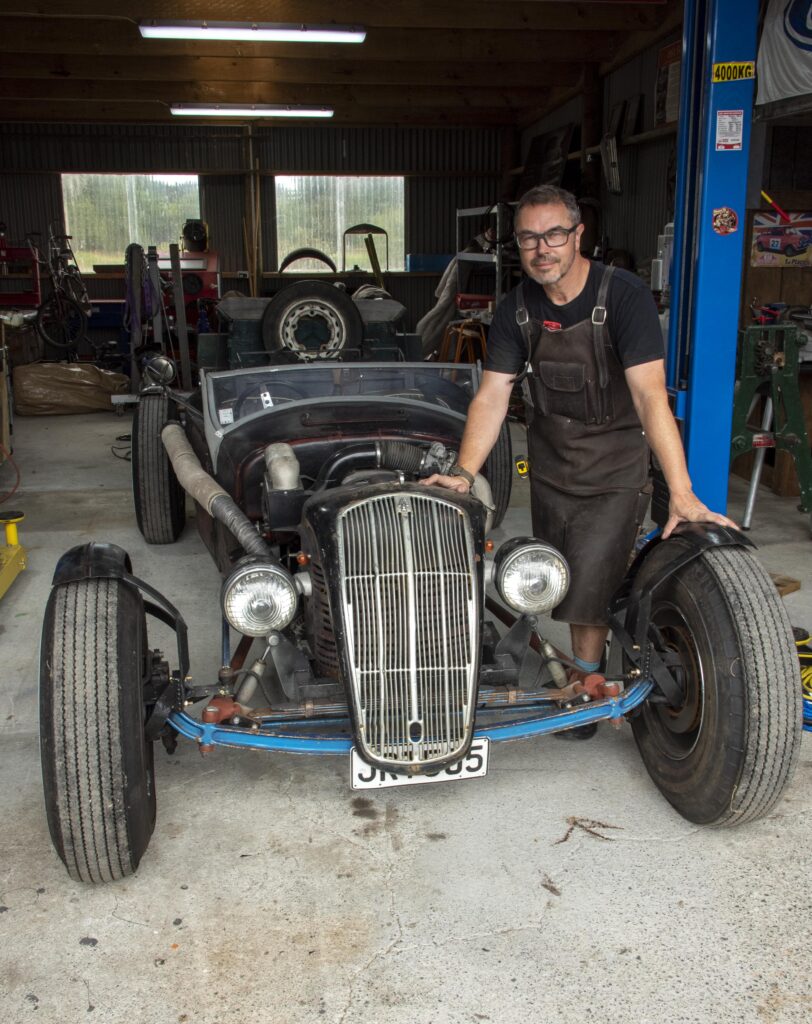
Half-safe at 1:35 scale; a tribute to an epic sheddie
Our Off the Grid sheddie Murray Grimwood was given a scale-model kit of an amphibious vehicle to build and an old paperback book. The bonus was that the book was about one of his all-time great heroes, Ben Carlin.
“There’s off the grid, then there’s really off the grid, then there’s so far off the grid that you have one all to yourself. Australian Ben Carlin qualifies for the third category; from 1950 to 1958 he circled the planet in a World War II amphibious jeep, crossing two major oceans and enduring a hurricane in the process. Not bad, considering that most ‘Seeps’ went straight to the bottom on their first immersion. Carlin’s combination of talents — fitter, engineer, thinker, strategiser, seaman, and raconteur — puts him right up there; a sheddie extraordinaire.”
Murray describes the life and times of Ben Carlin and then sets about building his scale-model kit, adding some sweet modifications to it just for fun.
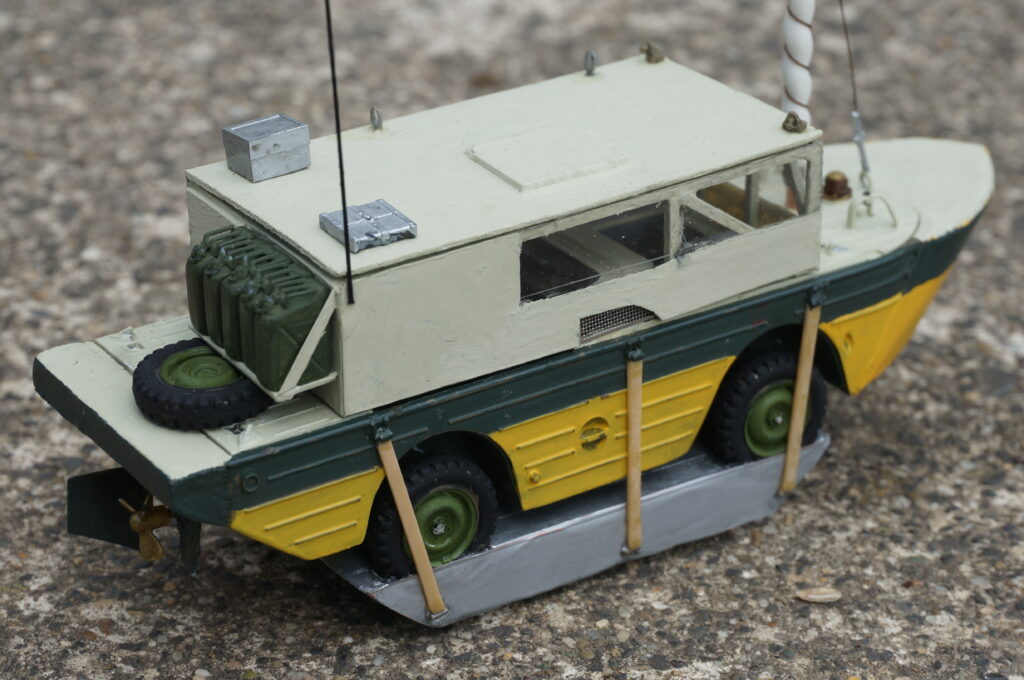
Dark Vueccano — a Meccano-inspired sculpture
Sheddies come in all shapes and sizes with differing skills and reasons for their projects. George Rose is not your usual sheddie in that he makes sculptures for a living in his workshop. In this issue, George tells us how he went about making his latest meccano-inspired piece, Dark Vueccano.
“The sculpture ended up looking like some contraption from the 19th century — it certainly is not of modern times. I think my intention was to create something with a unique voice and an entry point for the viewer, via the not-so-distant echo of a child’s Meccano set.”
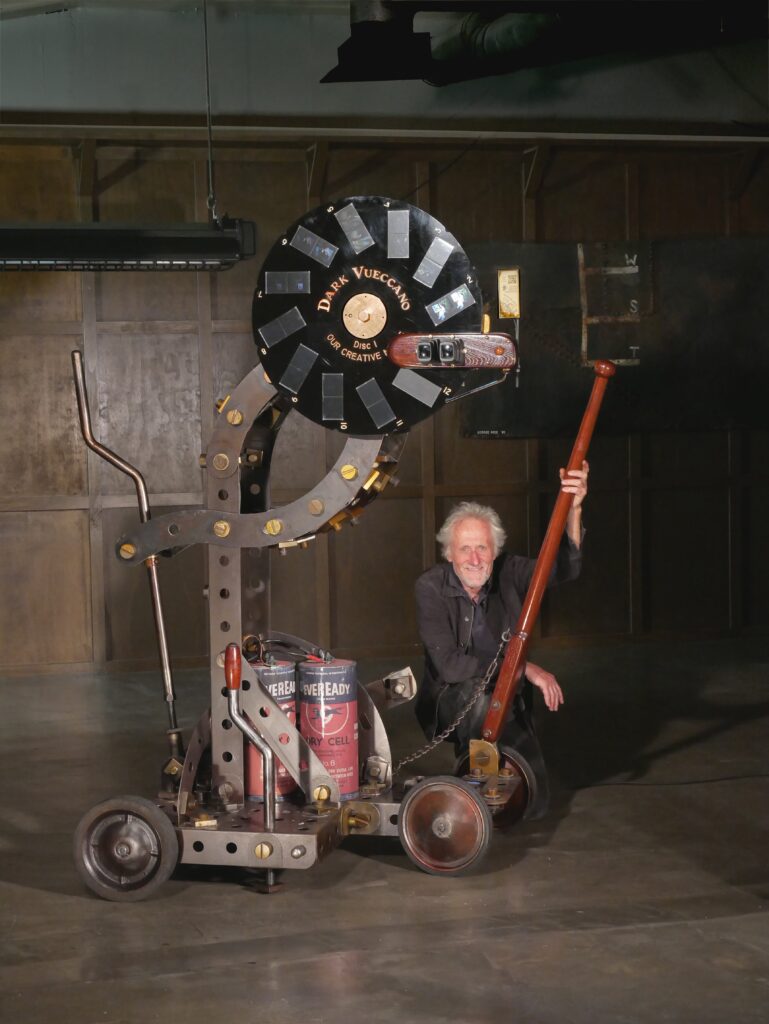
Servicing and sharpening wood planes and chisels
Andrew Broxholme has a very full shed of projects and tools and shares with us all what he knows about how to sharpen plane blades and more. Sounds simple and it is … if you do it right.
“There are two categories of people who sharpen their own tools: the purists and the more practical. I am very much in the latter group. I use my tools, they occasionally get dropped on the floor — which is concrete — and I have found that, for general-purpose work, tools do not need to be razor sharp; even if a bit uneven, they still do an acceptable job.”
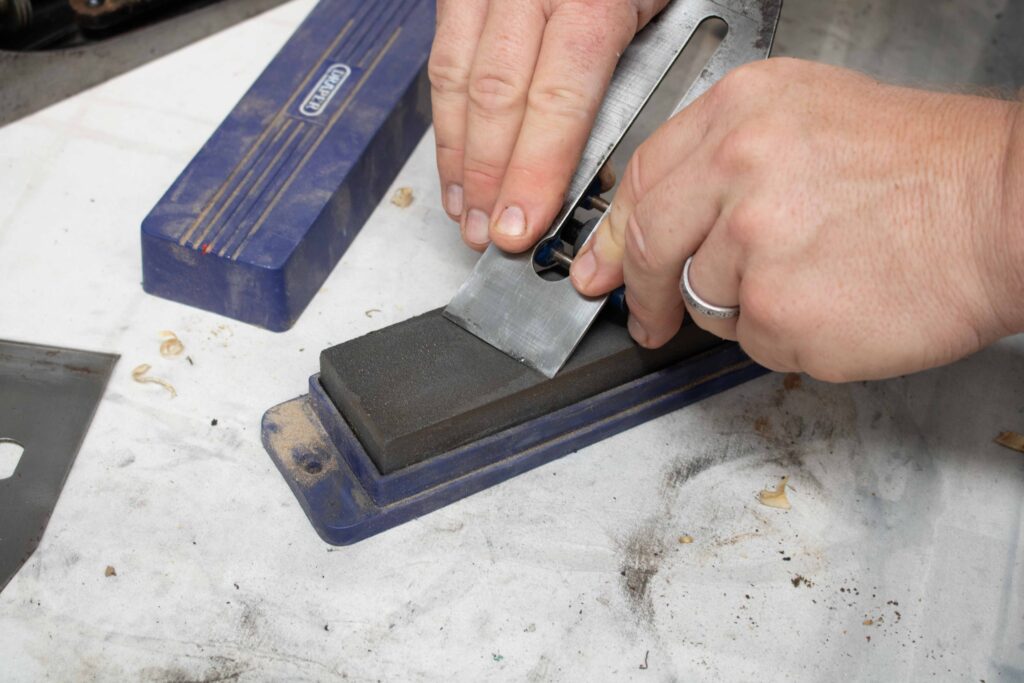
IPAs — East Coast v West Coast
In the last in our series of articles on how to brew a great beer, Bryan Livingston of Brewers Coop compares the great IPAs of the West and East Coasts of the US.
“Different beer styles come into fashion and then some drop out of favour. Early in the craft beer boom, West Coast IPAs were in demand, with the highly hopped bitter beers brewed by nearly every brewery. Now, we seem to be in a ‘hazy’ phase, with the popular East Coast hazy beers being the popular brews.
So, how are they different?”
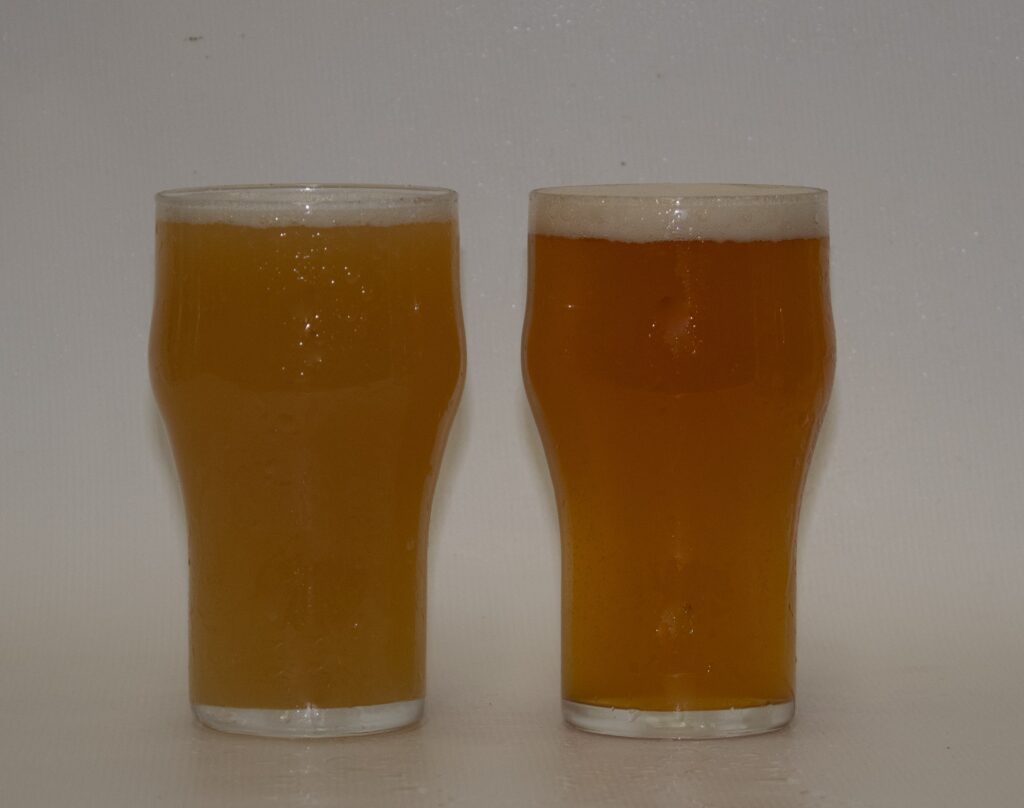
Woman with the Iceberg Eyes: Oriana F Wilson
Ritchie Wilson gives us a review of a book that will appeal to many a sheddie.
“In her book on Dr Wilson’s widow, Woman With the Iceberg Eyes: Oriana F Wilson, Katherine MacInnes records the money that Mrs Wilson received from the publicly subscribed Scott Memorial Fund. Like Lady Scott, she had absolutely no money of her own.”

Improving your motorhome’s technology Part 5
In the fifth and final instalment of the electronics series Improving Your Motorhome’s Technology, Enrico turns his attention to the user interface.
“In this part of the series, we will face the second part of the software I developed to manage the four Raspberry Pi 4 — the user interface.
As mentioned in part four (The Shed, Issue No. 101), the Raspberry Pi that manages features such as network routing still has sufficient processing power to drive a user interface.”
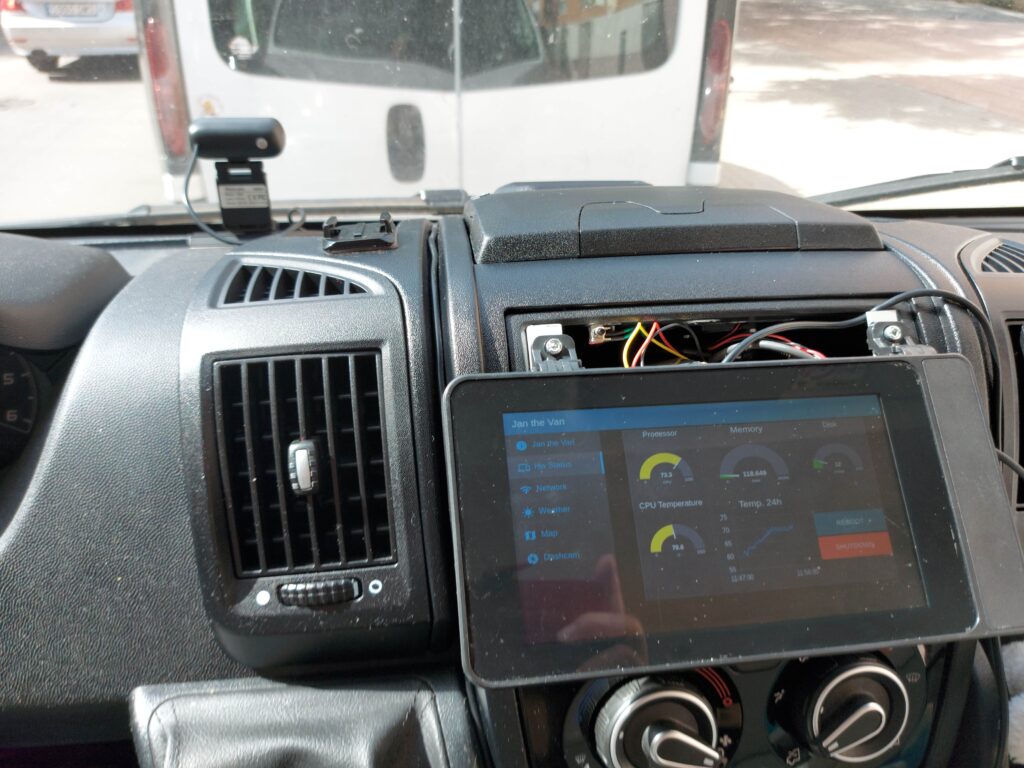
A place to indulge your passion for models and machines
Ritchie Wilson heads out to visit and meet Robin Wilson has held the position of loco foreman at Christchurch’s miniature railway for over 10 years. This railway is run by the Canterbury Society of Model and Experimental Engineers (the CSMEE). which is a place to indulge your passion for models and machines.
“The Christchurch miniature railway is run by a team of volunteers — but these are no enthusiastic amateurs. Their skills are significant and wide-ranging. The foreman of the loco shed, for example, who is building his nineteenth locomotive, is a deft hand with a welder — and once won a bronze medal for New Zealand in ice hockey.”
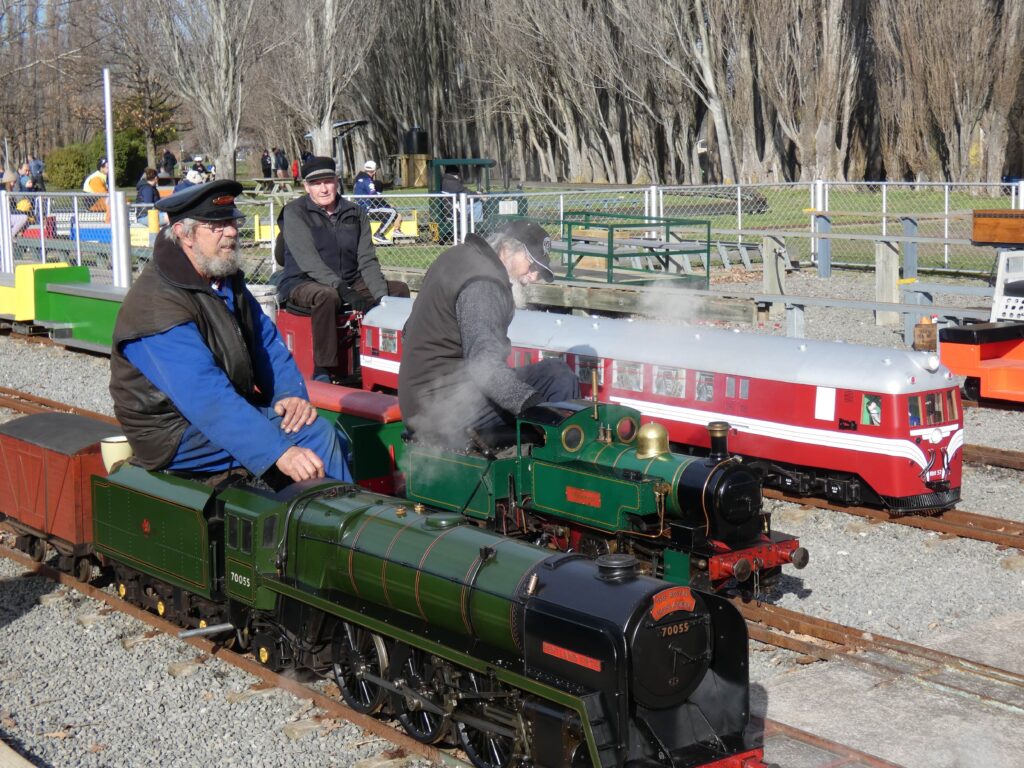
An ordinary man
Our resident Shed shrink Mark Seek tells us about a new men’s group in Christchurch where guys can chat and have a coffee once a month. It’s good to get together and share tales.
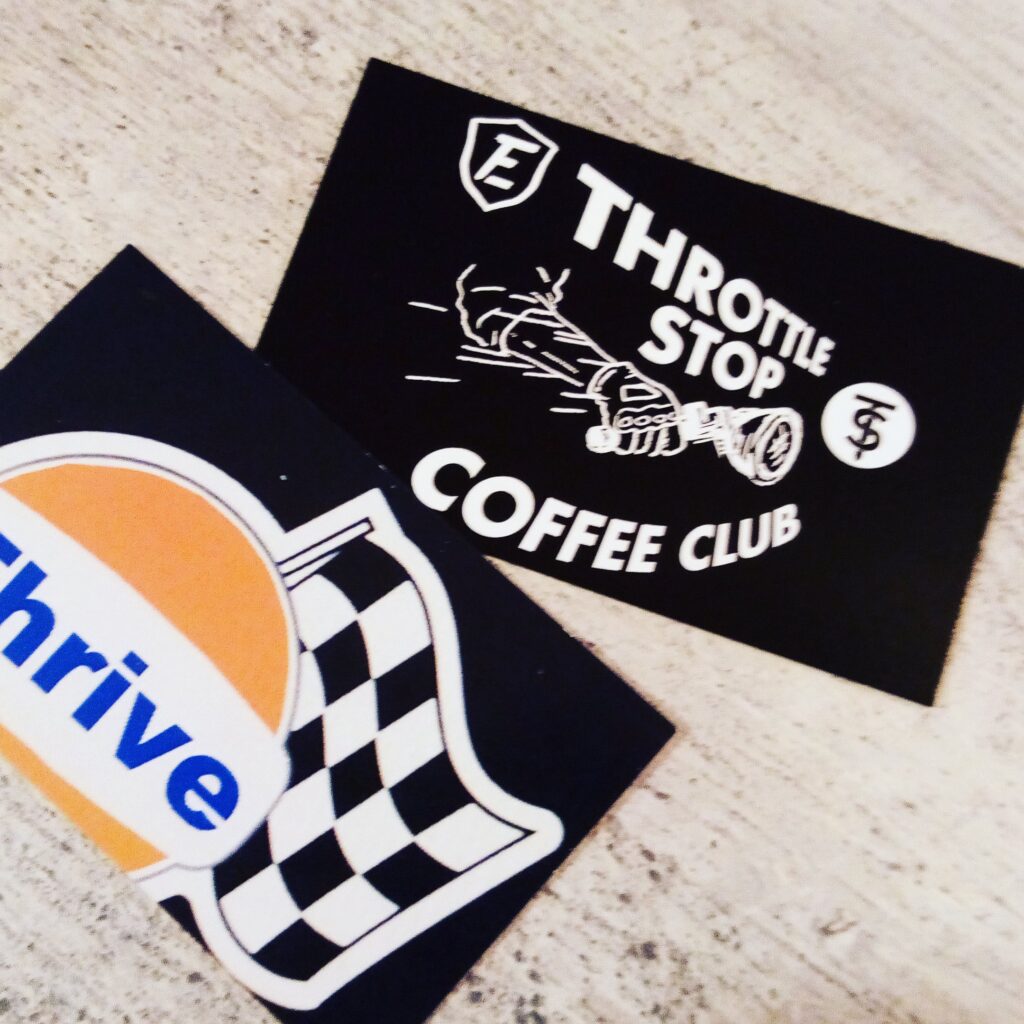
Refurbishing a cherished Ultimate Courier radiogram
Trevor Stanley-Joblin has had his ’50s Ultimate Courier radiogram since new and it has been his workshop buddy for years and years. He figured that it was time to restore it and bring it back into the living room and enjoy some old tunes.
“I leave my bike leaning up against a shop window in Colombo Street, go inside, and purchase — on time-payment, a very common practice in those good old days — this Ultimate Courier radiogram. Unfortunately, I never thought at the time in 1958 — or was it ’59? — that the purchase price, date of sale, and shop name would come in handy right in 2022 as I recall this purchase.”
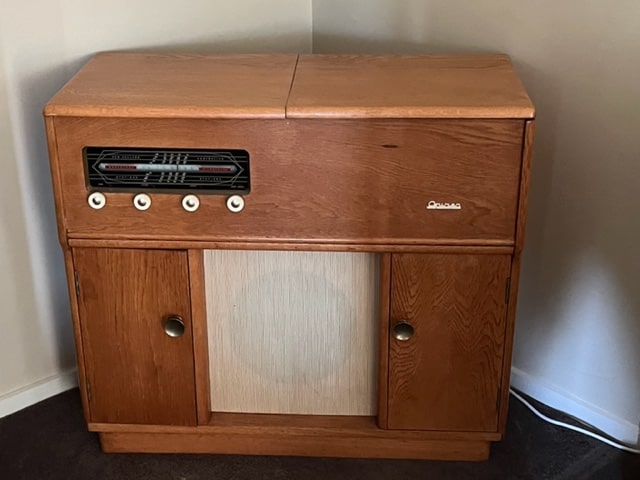
A history of hammers — Part 1
Hammers are a tool in every home and workshop but they have evolved over perhaps millions of years and were probably the very first tool. In this issue of the magazine, we have part one of The History of Hammers by Bob Boland.
“Was the hammer the first tool? Because timber, bone, and ivory all decay and the first stone hammers were unshaped, no one is sure. However, hammers may even predate humans as a number of animals use hammers — for example, chimpanzees and sea otters — not to mention animals with ‘built-in’ hammers such as woodpeckers and mantis shrimp.”
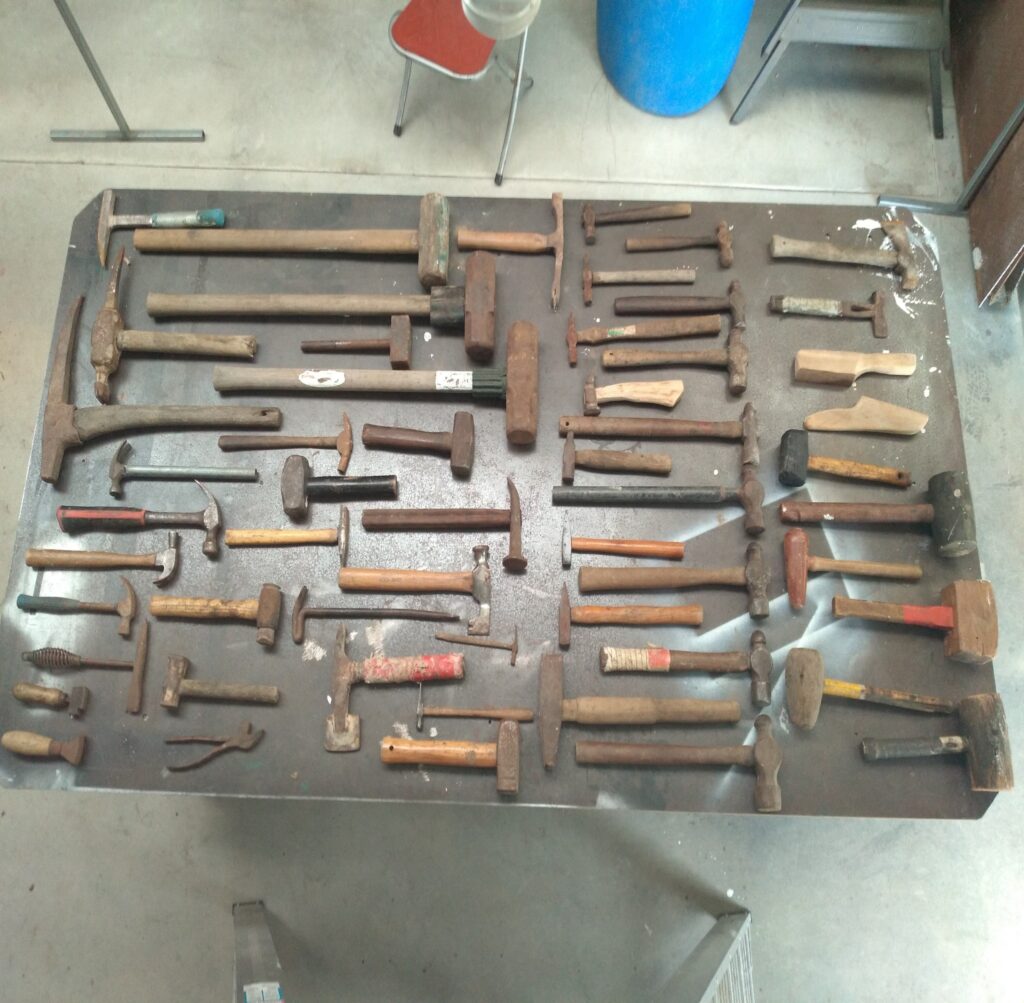
Fun with some strings attached
Sometimes you just need a change from the usual and go looking for something new to float your boat. Cherol Filbee did just that and has ended up having a lot of fun making puppets. Cherol shares with us her methods of creating some distinctive puppets, with strings attached.
“Having been a professional cake maker and decorator for many years, Cherol looked to change the recipe for new fun about seven years ago. She turned to the Learning Connexion, Wellington’s art-training establishment, to do a course in painting, which is what she thought her main interest was. But she soon realised that it was making things directly with her hands that piqued her imagination, especially while doing a class with a German marionette puppet maker.”
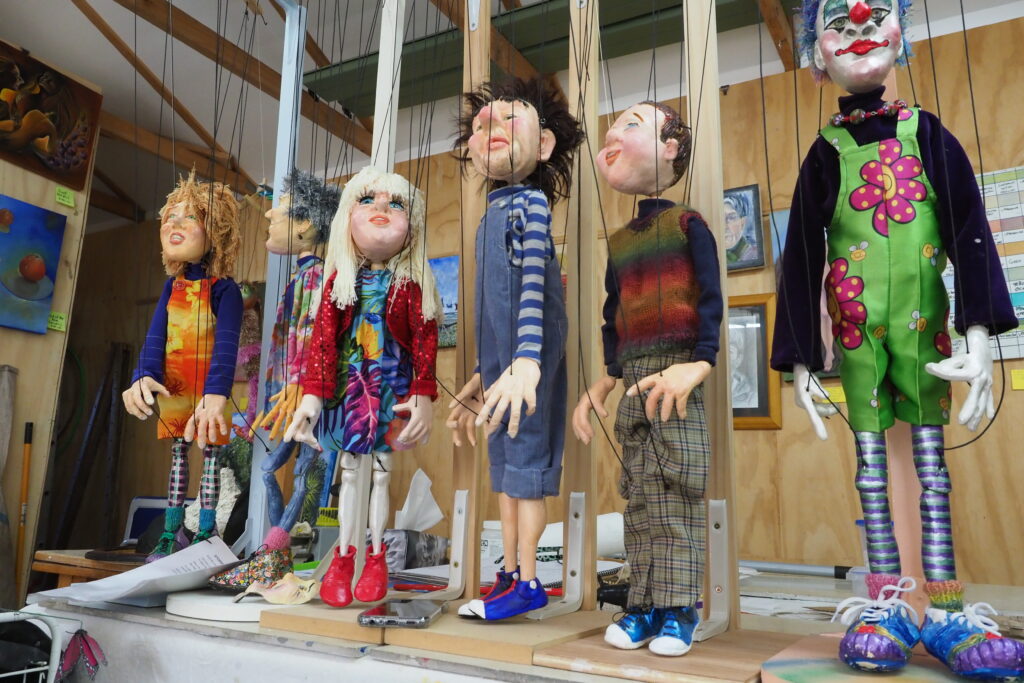
Vladimir and I, Jude considers the lure of the rabbit hole
We close this issue with our usual Back O’ The Shed column by Jude Woodside. Now, Jude is very cross with Russian President Vladimir Putin currently and his murderous behaviour in the Ukraine, and pleads with Vlad to see sense.
To purchase a copy of this magazine, a back issue, or to subscribe, head to our online shop.


